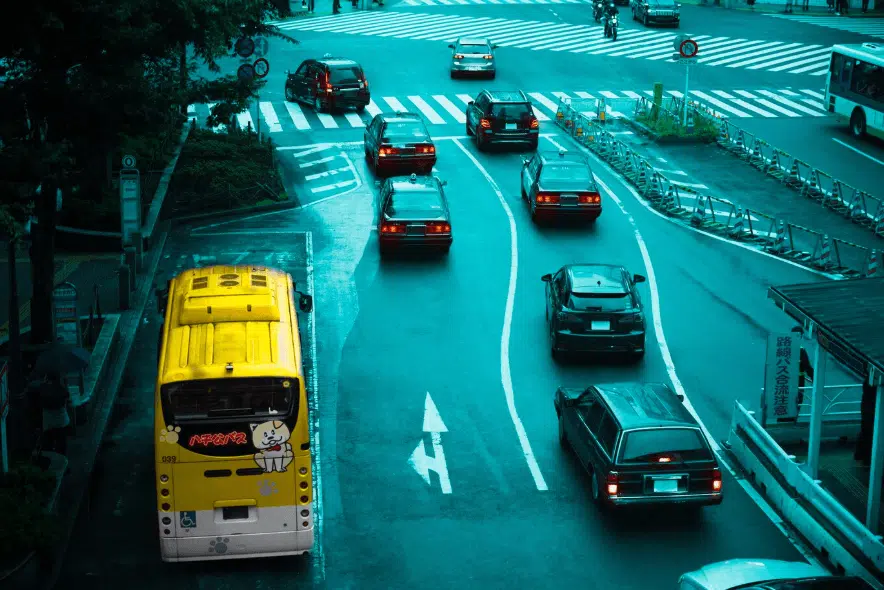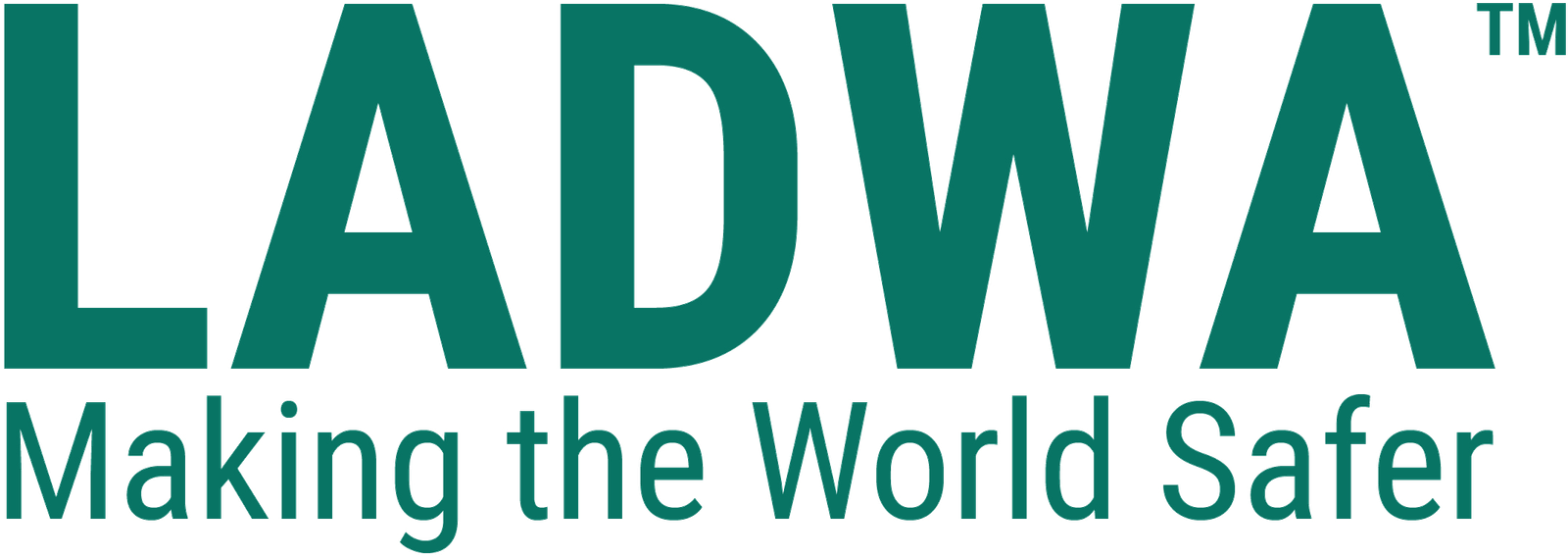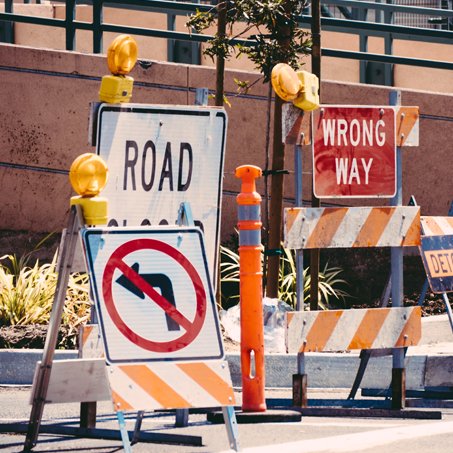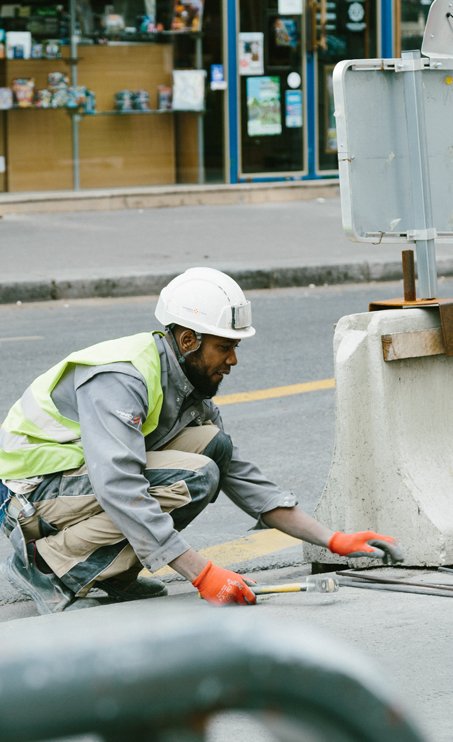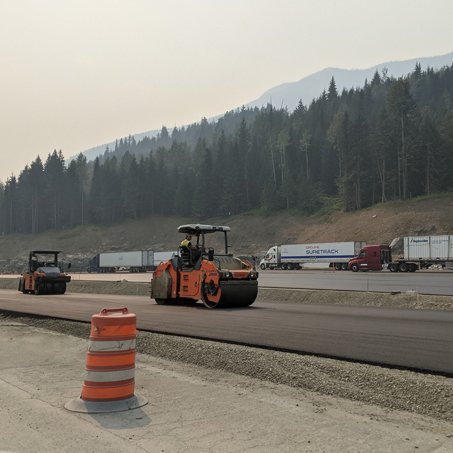Implementation of Automated Traffic Enforcement Systems in India
Traffic management in India is a persistent challenge due to the country’s rapidly growing population, urbanization, and vehicle density. Despite measures to improve road safety, traffic violations such as speeding, red-light jumping, and reckless driving are rampant, leading to severe accidents and fatalities. In response, many countries, including Ireland, have implemented automated traffic enforcement systems, such as red-light cameras and speed enforcement devices, to enhance road safety and reduce violations. Given the scale and complexity of India’s traffic problems, implementing such systems holds immense potential for transformation.
This article explores the necessity, benefits, challenges, and roadmap for implementing automated traffic enforcement systems in India.
The Need for Automated Traffic Enforcement in India
India faces a staggering number of traffic-related issues that highlight the urgent need for robust enforcement mechanisms.
1. Traffic Violation Statistics
India has one of the highest numbers of road accidents globally. According to a report by the Ministry of Road Transport and Highways (MoRTH), India recorded over 1.55 lakh fatalities in 2021 due to road accidents. A significant proportion of these accidents were caused by speeding, signal violations, and reckless driving.
2. Manual Enforcement Limitations
Traffic regulation in India relies heavily on manual enforcement, which is often ineffective due to:
- Limited manpower: The police-to-population ratio is inadequate, making it difficult to monitor violations effectively.
- Human error and bias: Subjective judgment can lead to inconsistent enforcement and allegations of corruption.
- Urban sprawl: Rapid urbanization has increased the number of vehicles and complex traffic patterns, overwhelming manual enforcement capabilities.
3. Technology as a Solution
With advancements in technology, automated systems can bridge the gap by providing consistent, unbiased, and efficient enforcement. These systems can monitor violations in real-time, ensuring better compliance with traffic rules and creating a culture of accountability among drivers.
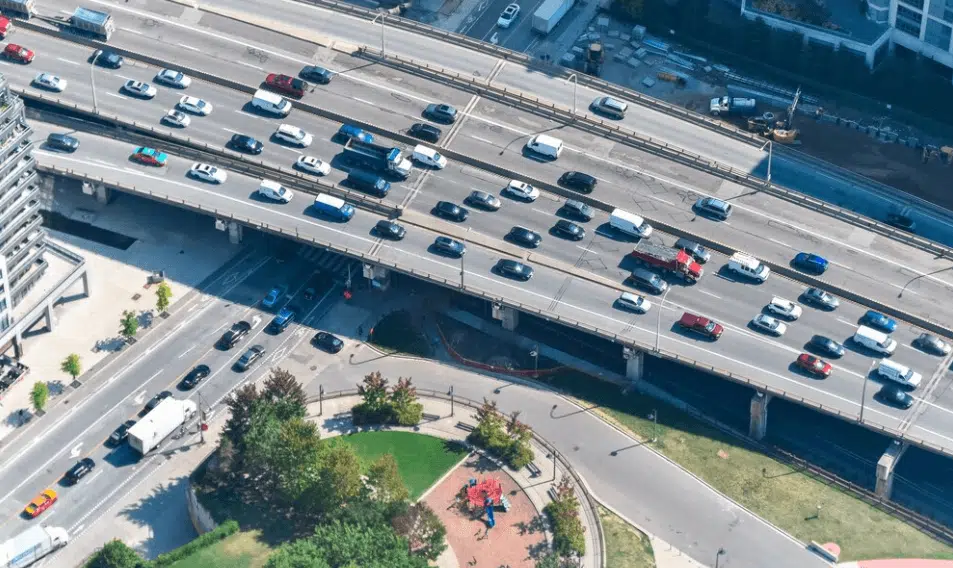
Benefits of Automated Traffic Enforcement Systems
The implementation of automated systems like red-light cameras and speed enforcement devices can bring numerous benefits to India:
1. Reduction in Violations
Automated systems act as a deterrent by increasing the likelihood of detection. Drivers are more likely to follow rules when they know violations are being monitored consistently.
2. Enhanced Road Safety
Reducing violations directly contributes to fewer accidents. For example, studies from other countries show that red-light cameras can reduce intersection crashes by up to 30%.
3. Unbiased Enforcement
Unlike manual enforcement, automated systems eliminate human discretion, ensuring impartiality and fairness in penalizing offenders.
4. Efficient Use of Resources
Automation reduces the burden on traffic police, allowing them to focus on managing traffic flow and addressing emergencies rather than issuing tickets manually.
5. Revenue Generation
Automated systems can help generate significant revenue through fines, which can be reinvested in road infrastructure and traffic management projects.
6. Data-Driven Insights
These systems can collect and analyze data on traffic patterns, violations, and accident-prone zones, enabling authorities to make informed decisions on urban planning and road safety measures.
Global Success Stories: Lessons for India
Countries like Ireland, Singapore, and the United States have successfully implemented automated traffic enforcement systems, offering valuable insights for India.
Ireland
Ireland has announced plans to expand automatic red-light cameras across major cities by 2025, aiming to curb violations and enhance road safety. The country’s focus on transparency and public awareness has played a significant role in gaining public acceptance
Singapore
Singapore’s automated traffic enforcement system integrates cameras, sensors, and AI to monitor violations like speeding and illegal lane changes. The system’s success lies in its accuracy and integration with centralized traffic management systems.
United States
Several cities in the United States have adopted red-light cameras and speed enforcement devices. Studies have shown a notable reduction in violations and accidents at intersections equipped with these systems. Public awareness campaigns and stringent legal frameworks have ensured compliance.
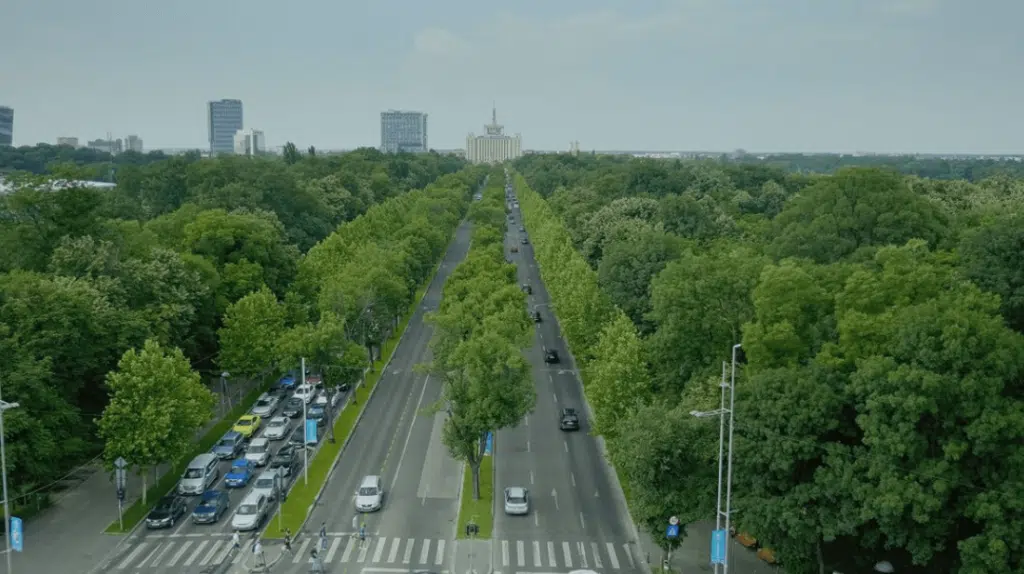
Challenges in Implementing Automated Systems in India
While the benefits are clear, implementing automated traffic enforcement systems in India comes with its own set of challenges:
1. Infrastructure Deficiencies
Many Indian cities lack the infrastructure required for automated systems, such as consistent power supply, high-speed internet connectivity, and well-maintained roads.
2. High Costs
The installation and maintenance of automated systems, including cameras, sensors, and data storage, involve significant investment. For cash-strapped municipalities, this could be a barrier.
3. Data Privacy Concerns
Automated systems collect vast amounts of data, raising concerns about misuse and privacy violations. A robust legal framework is needed to address these issues.
4. Resistance to Change
Drivers and even enforcement agencies may resist the adoption of automated systems due to a lack of awareness or fear of job displacement
5. Legal and Administrative Hurdles
India’s legal and administrative systems need to adapt to accommodate automated enforcement, including updating laws, defining accountability, and ensuring timely adjudication of violations.
6. Diverse Traffic Conditions
India’s chaotic and diverse traffic environment, including pedestrians, cyclists, and informal vehicles like auto-rickshaws, poses unique challenges for automated systems.

A Roadmap for Implementation in India
To successfully implement automated traffic enforcement systems, India needs a strategic and phased approach.
1. Pilot Projects in High-Priority Areas
Authorities can begin by deploying automated systems in high-traffic and accident-prone zones in major cities like Delhi, Mumbai, and Bengaluru. Pilot projects can help identify challenges and refine the technology.
2. Collaboration with Technology Providers
Collaborations with global and local technology providers can ensure access to the latest innovations while reducing costs. Partnerships can also foster knowledge transfer.
3. Legal and Policy Framework
The government must update traffic laws to accommodate automated enforcement, clearly defining penalties, data usage, and accountability. For instance, Ireland’s policy framework for red-light cameras can serve as a model.
4. Public Awareness Campaigns
To gain public acceptance, authorities should launch awareness campaigns highlighting the benefits of automated systems. Transparency about data usage and clear communication of rules can build trust.
5. Integration with Smart City Initiatives
India’s ongoing Smart Cities Mission provides an opportunity to integrate automated traffic enforcement systems with broader urban planning initiatives, such as intelligent traffic management and real-time monitoring.
6. Regular Maintenance and Updates
Ensuring the reliability of automated systems requires regular maintenance, updates, and calibration to adapt to India’s dynamic traffic environment.
Case Study: Bengaluru’s Traffic Management System
Bengaluru has taken steps toward automated traffic management by installing traffic cameras at key intersections to monitor red-light violations and speeding. The system integrates real-time data with a central command center, allowing for efficient enforcement and traffic monitoring. While the initiative has shown promise, challenges such as technical glitches and public skepticism underscore the need for continuous improvement.
Conclusion
The implementation of automated traffic enforcement systems in India is not merely an option but a necessity to address the country’s alarming road safety statistics. By learning from global success stories and adopting a phased, strategic approach, India can overcome challenges and reap the benefits of automation. From reducing violations and enhancing road safety to enabling efficient traffic management, these systems can transform the way Indian roads operate.
However, success will depend on collaboration between government agencies, technology providers, and the public. With the right investments in technology, infrastructure, and awareness, India can pave the way for safer roads and a more disciplined traffic culture.
As the world moves toward smarter cities and advanced transportation systems, automated traffic enforcement is a critical step in India’s journey toward modernization and sustainable urban development.

